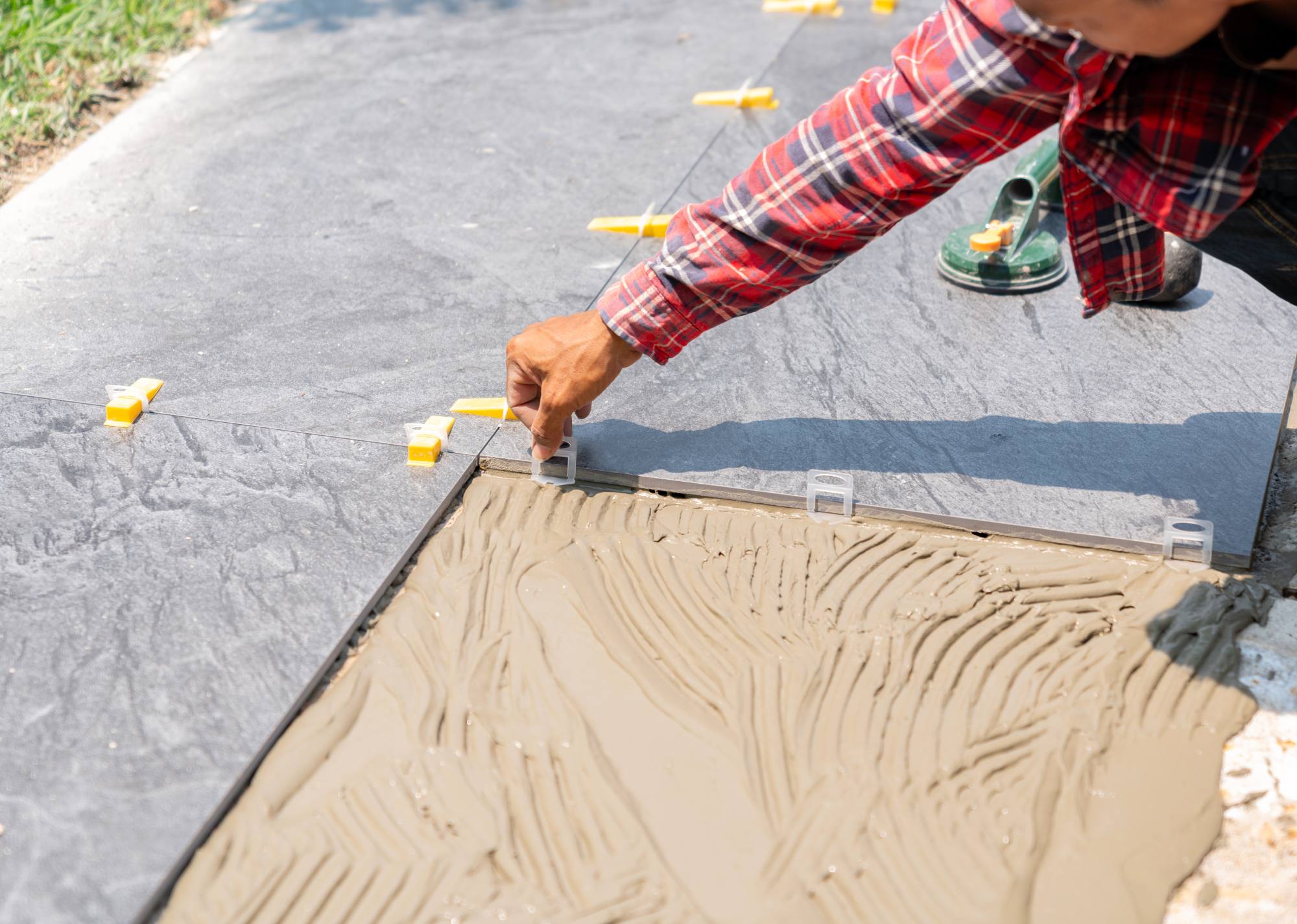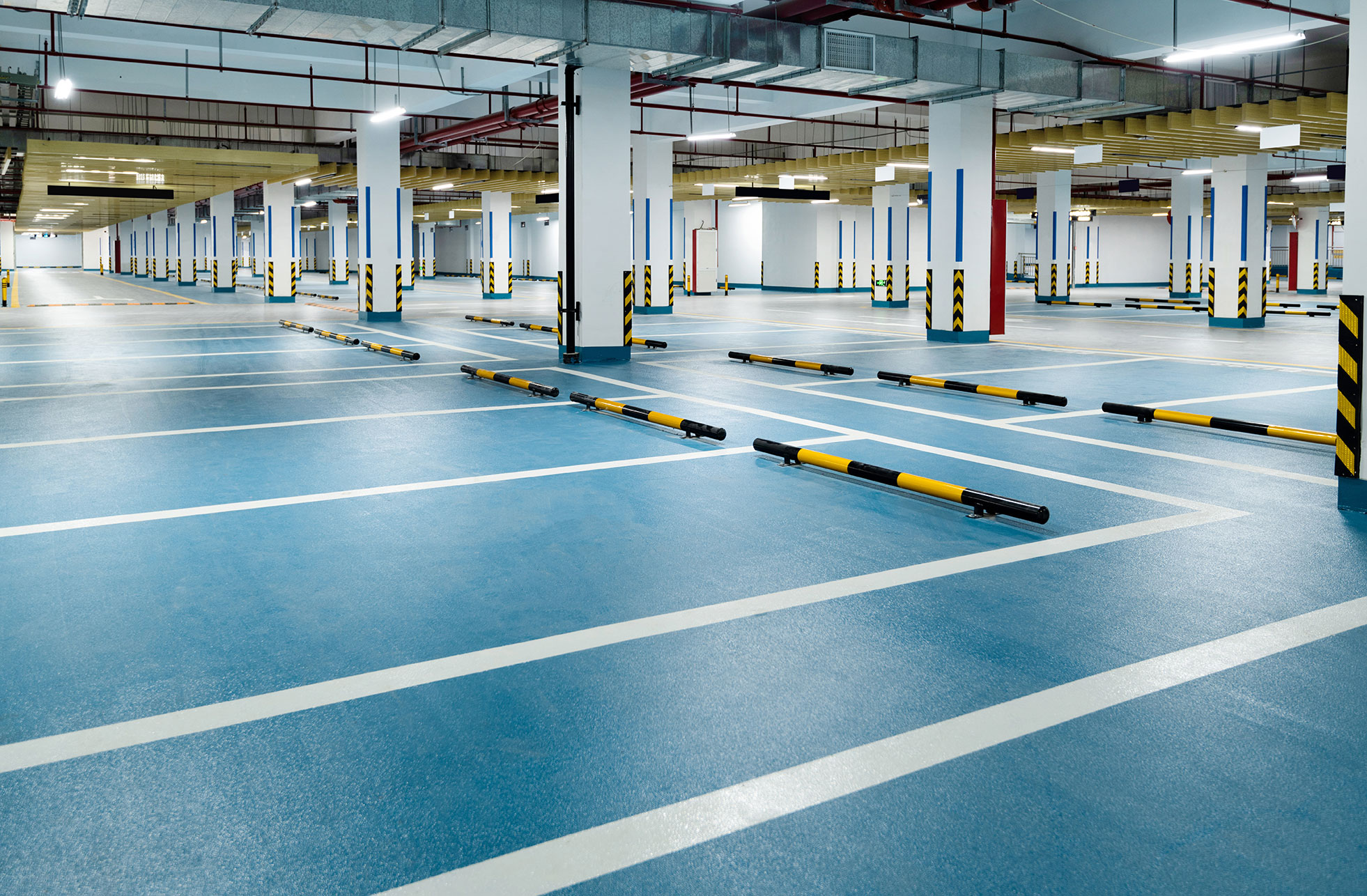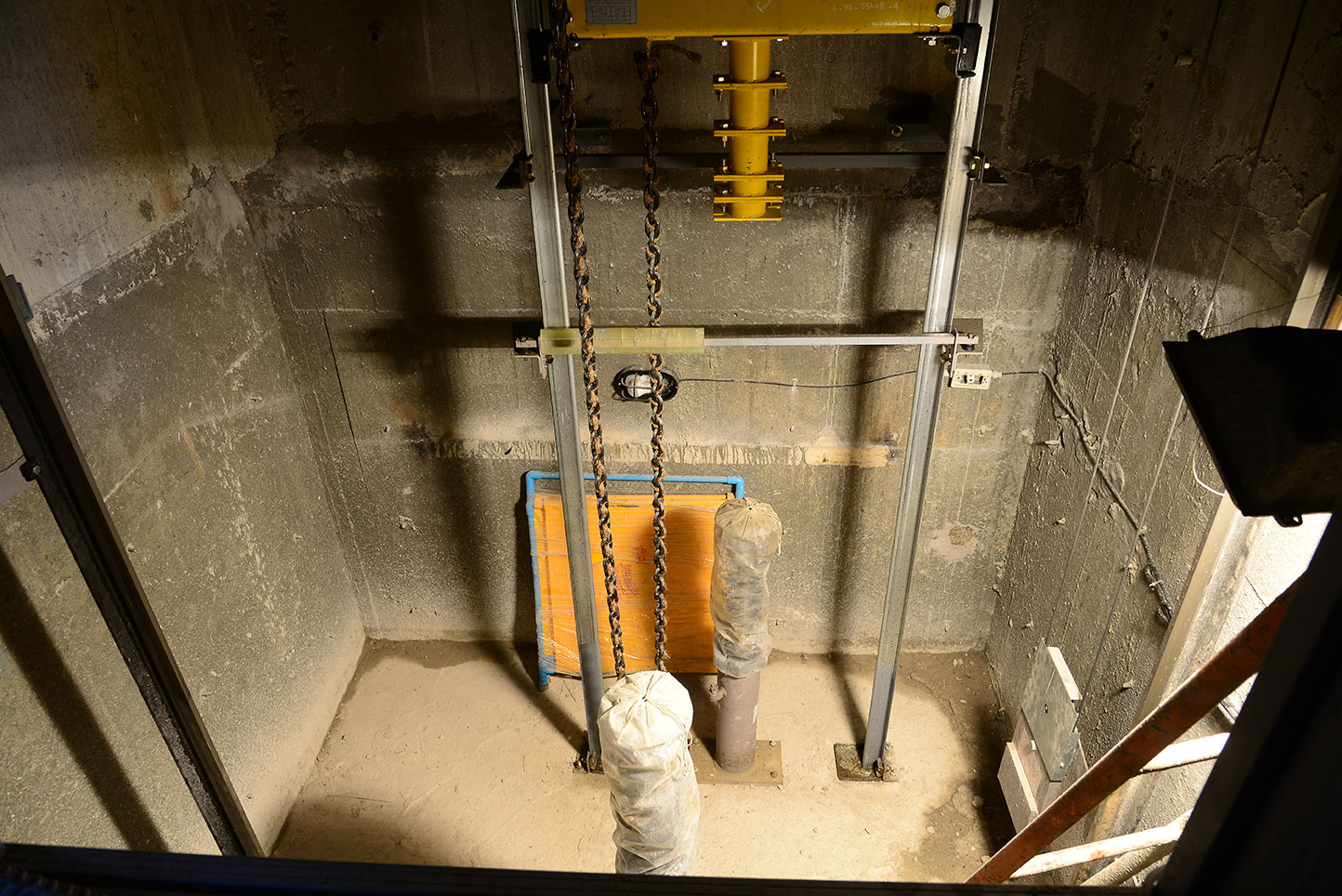
How Temperature and Humidity Affect Tile Adhesive Workability
ARDEX ENDURA
28 Oct 2025
05 Min
Setting the Scene: Why Conditions Matter for Tile Adhesives
Do you know that tile adhesives are the unseen heroes of a tiling project? They hold everything together and decide the longevity of your tiles. They determine whether your tiles stay flawless for years or start cracking too soon. But here is the catch: an adhesive doesn’t act the same in every environment.
Its workability, or how easily it can be spread and adjusted, changes with temperature and humidity. On a dry, hot afternoon, you may feel the adhesive tightening up quickly. While on a damp day, it might feel sluggish and slow.
That’s why both professionals and DIY users need to pay attention to site conditions. They don’t just influence how enjoyable the process feels. But they also affect bond strength and the overall finish. In other words, good adhesives are half the story; the other half is the weather you work in.
Understanding Workability in Tile Adhesives
Workability might sound like jargon, but on-site, it is what makes or breaks your flow. It covers four main aspects:
- Pot Life: Basically, how long your adhesive bucket stays usable.
- Open Time: The window between spreading it and laying tiles before it skins over.
- Adjustability: It is those precious few minutes to fix tiles into perfect alignment.
- Ease of Application: Whether the mix spreads smoothly or fights your trowel.
High workability means better precision, less stress, and stronger bonds. When adhesives give you enough open time, you don’t feel rushed.
And when they spread easily, your joints stay neater. That’s why Ardex Endura stresses these factors in its technical datasheets. Because smooth installations lead to fewer callbacks.
Impact of Temperature on Adhesive Setting and Handling
Temperature is a major player. Most cement-based tile adhesives perform best around 20°C–30°C. Although this may vary depending on the product formulation, humidity levels and other factors. As that’s where curing and bonding are predictable. Once the mercury rises too high, a few issues pop up:
- Adhesive dries faster, cutting down open time.
- Surfaces may crust or dry, leaving poor contact under tiles.
- At high temperatures, surfaces and tiles absorb moisture quickly from the adhesive. This causes it to stiffen faster and reduce pot life.
On the flip side, low temperatures slow down the setting process. The adhesive may feel workable for longer, but bond strength can suffer if curing is prolonged. However, cold, damp conditions make it worse, sometimes leading to weak adhesion.
Tips to Cope:
- Mix using cool water in hot weather.
- Avoid direct sunlight; work in shade where possible.
- Prep substrates to avoid trapped moisture.
Always check the product datasheet. Ardex Endura clearly lists the minimum and maximum working temperatures for each product.
How Humidity Alters Tile Adhesive Behaviour
Humidity, or the moisture in the air, changes adhesive chemistry as well.
- High humidity: It slows down evaporation, which can keep the adhesive wet for a longer period. This sometimes means extended curing times or delayed setting.
- Low humidity: It has the opposite effect, causing adhesives to dry out too quickly. Furthermore, they crust on the surface before the tiles come into full contact.
Different substrates react differently, too. For instance, absorbent concrete may absorb moisture more quickly than a gypsum board. This ends up changing how humidity influences the bond. That’s why installers must think about both the air and the surface under their tiles.
Practical Tips for Tiling in Varying Site Conditions
Working in less-than-perfect environments is common. Here are some simple tricks to stay on top of things:
- Don’t mix more adhesive than you can place within the pot life.
- Keep the site sheltered from direct sunlight and draughts.
- Store unopened bags in dry, stable conditions.
- Use notched trowels sized for the tile to improve spread and bonding.
- On unpredictable days, work in smaller sections so the adhesive doesn’t get ahead of you.
These small habits save both time and material. Thus, keeping your finish neat and strong.
Ardex Endura Products for Consistent Workability
Ardex Endura offers adhesives engineered to handle real-world conditions:
- Platinum Star Plus Grey & White: These are high-polymer, fibre-reinforced adhesives with superior bonding. Great for both slim and large-format tiles, as well as natural stones on walls and floors.
- Diamond Star: This is a high-performance, grey cement-based adhesive suitable for fixing tiles and stones in areas that have light movement. It is non-slippery and water-resistant and offers strong bonding, which makes it ideal for high-traffic areas.
- Gold Star Plus: This cement-based adhesive fixing tiles and stones on interior walls, floors and exterior floors with up to 6mm bed thickness (extendable to 12mm in small areas).
Each adhesive is backed by detailed technical sheets specifying pot life, open time, and temperature thresholds. Reading those before a project ensures you pick the right solution for your climate.
Conclusion
Tile adhesives don’t perform in a vacuum; they react to their surroundings. Be it excessive heat, excessive moisture, or insufficient of either. And suddenly, your pot life, open time, and bond strength change.
So, you must plan around site conditions and mix smartly. Furthermore, choose adhesives designed for consistency, and stay in control.
Ardex Endura’s range, from Bronze Star to Platinum Star Plus, gives you flexibility and extended open time. Resultantly, you get reliability across different climates. That’s what makes the difference between tiles that last and tiles that fail.




